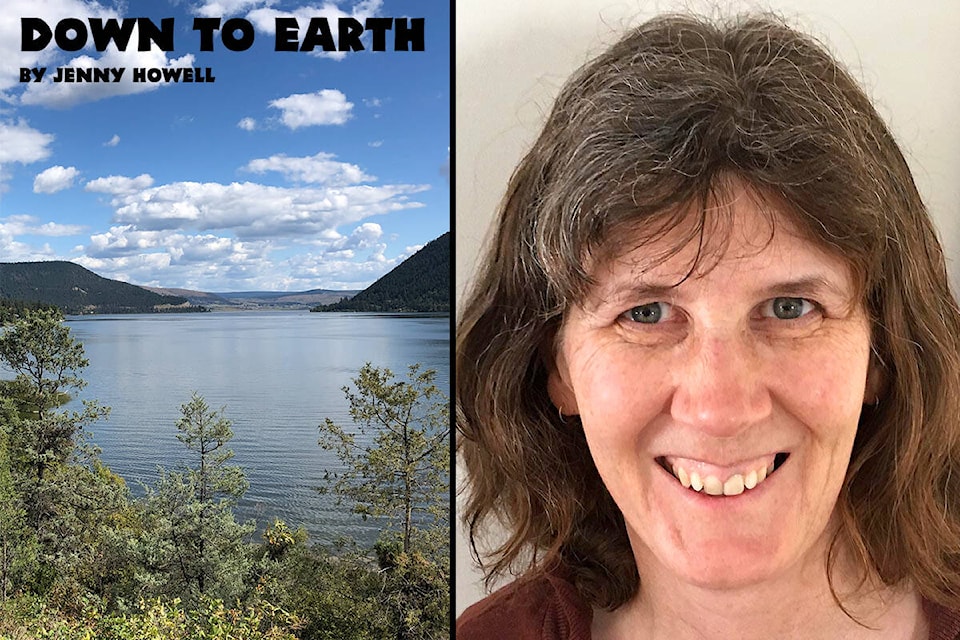Life in the conservation/environmental world can be an uncomfortable place to be. It seems most of us go through a similar cycle. First stage is the awareness that climate change is going to affect every aspect of everyone’s life and the desire to help be part of the movement to do something about it. Next is a phase of anxiety and hopelessness as you become more educated in the actual science and learn about catastrophic feedback loops and points of no return. Then comes the acceptance; that doing something is better than nothing and achieving small goals has value in moving the world forward in the right direction. Like grief, you can move back and forth between different phases at different times.
Even before the recent floods, more and more people have started to tell me they are experiencing climate anxiety. When I started writing these articles years ago, it felt like many of us were still trying to convince people that climate change was real and that it was human- caused. One noticeable and encouraging shift over the last ten years has been that most people now seem to recognize that this is a problem that needs dealing with. On recent radio phone-ins, people are consistently linking the summer’s heat dome, increasing fire seasons and floods to climate change; something rarely brought up by callers even a few years ago. This seems key; we won’t get meaningful change until the population demands it.
So this leads me back to COP 26. I have waded through many analyses on the final agreement and the consensus seems to be that it wasn’t a complete failure, but that the current agreement will not meet the 1.5 degree target scientists say is essential to prevent some of the worst climate change outcomes.
Successes include agreements by 100 countries to end deforestation by 2030; a US/EU initiative to cut world methane pollution by 30 per cent by 2030; 500 billion dollars of climate finance aid to less developed countries over the next five years and a commitment to meet yearly to revisit nationally determined contributions (NDC’s) that define emissions targets.
The primary failure is that even if everyone keeps to their agreements, the planet is still on track to warm a disastrous 2-2.4 degrees. This means that melting ice sheets in Greenland and the Antarctic will accelerate, with associated sea level rise, threatening island and coastal populations world- wide. Natural disasters, such as we have experienced in BC this last year, will continue to increase world- wide. Ecosystems will be destroyed. The other concern is that even though countries will meet annually, many have said they have nothing left to offer to try and reach the 1.5 Paris target.
India and China are highly dependent on coal and refused to sign the overall agreement until the wording ‘phase down’ of coal replaced ‘phase out’. To meet 1.5 degrees warming, 40 per cent of coal fired plants must be closed by 2030 with no new ones added; and India won’t even start ‘phasing down’ until 2040.
So this is where the acceptance of small steps comes in, with the hope that public pressure will force governments to accelerate plans when they next meet. Enough people now feeling climate anxiety may actually be the most hopeful way forward.
Waste Wise Tip: The fashion industry accounts for about eight to 10 per cent of global carbon emissions, and nearly 20 per cent of wastewater, using more energy than both aviation and shipping combined. Reduce your personal carbon emissions by buying more second-hand clothes or organize a clothing swap with friends!
Jenny Howell is the executive director of the Cariboo Chilcotin Conservation Society
Do you have a comment about this story? email:
editor@wltribune.com
Like us on Facebook and follow us on Twitter.
